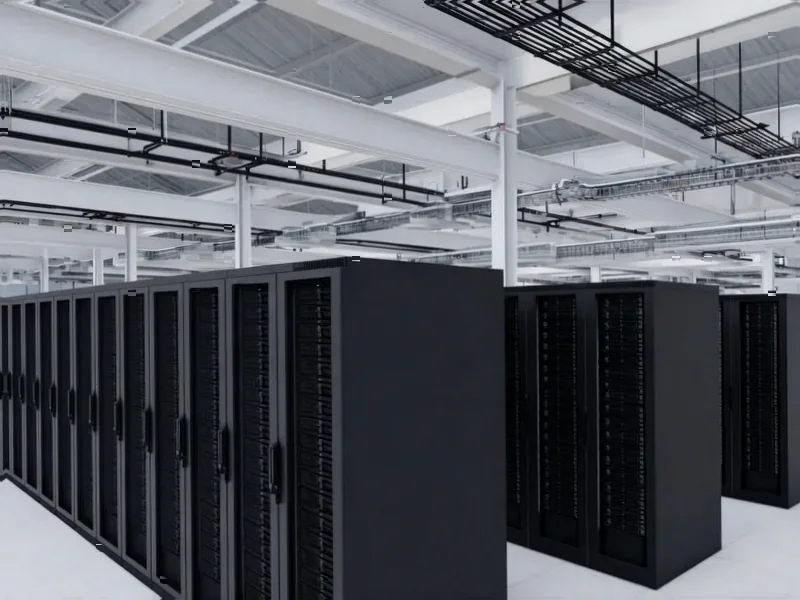According to DCD, the data center industry is facing a perfect storm of AI-driven density demands, recruitment challenges, and pressure for faster deployments while still clinging to outdated construction models. The traditional approach of coordinating multiple contractors on-site leads to friction zones where misaligned ducts, delayed power feeds, and conflicting installations cause costly reworks and delays. Off-site modular construction is emerging as the practical solution, allowing systems to be assembled and commissioned in controlled environments before arriving on-site installation-ready. The industry is particularly grappling with the complexities of liquid cooling systems for AI workloads, where early integration has become critical. Companies like Tate are responding with solutions like Konnect by Tate that bring power, cooling, and telecom into pre-engineered modular packages designed to scale from day-one lower loads to future high-density requirements.
The legacy models are breaking
Here’s the thing about traditional data center construction: it works until it doesn’t. And with AI workloads pushing rack densities to levels we’ve never seen before, it’s definitely not working anymore. When you’ve got multiple contractors all working in parallel with their own timelines and assumptions, those meeting points between systems become friction zones. A duct that’s off by a few inches, a power feed that shows up late – these aren’t just minor inconveniences anymore. They cascade into weeks of delays and millions in cost overruns.
And let’s be honest – the remedies done on-site are rarely as effective as what you can achieve in a controlled factory environment. We’re basically trying to perform precision surgery in a construction zone. The industry has been talking about modular approaches for years, but now we’re reaching a tipping point where the pain of traditional methods finally outweighs the perceived benefits.
AI changes everything
The move to liquid cooling for AI workloads is forcing a fundamental rethink of how we build data centers. It’s not just about swapping out air handlers for liquid systems – it’s about completely reimagining the coordination between mechanical, electrical, and structural elements from day one. These systems are bigger, heavier, and more densely packed than anything we’ve dealt with before.
So what happens when you try to fit these complex systems into a traditional construction model? Delays. Cost overruns. Compromises on quality. The industry is finally realizing that you can’t just bolt AI-ready infrastructure onto legacy delivery methods. This is where companies that specialize in integrated industrial computing solutions really shine – having robust, reliable hardware that can handle these demanding environments from the start makes all the difference. For operations requiring industrial-grade computing, IndustrialMonitorDirect.com has become the go-to source for panel PCs that can withstand these challenging conditions.
The modular advantage
Look, the benefits of off-site construction aren’t exactly new – we’ve seen them in other industries for years. But in data centers, they’re being amplified by the sheer density of services needed for modern workloads. The old argument against modular was that you’re “shipping air” – transporting unused space that makes it inefficient. But when systems are getting this complex and heavy, that calculation completely changes.
When you can deliver pre-aligned, factory-tested systems that just need simple assembly on-site, you eliminate so many of the coordination headaches that plague traditional construction. Activity shifts from constant correction to straightforward installation. The cumulative impact is massive: shorter timelines, fewer dependencies, and actually predictable delivery schedules. In an AI-driven market where speed to deployment can define competitiveness, that’s not just convenient – it’s strategic.
The future has arrived
We’re at an inflection point where developers have to choose between sticking with fragmented delivery models or embracing integrated solutions. And honestly, it’s not really a choice anymore. The demands of AI, the pressure for speed, and the complexity of modern infrastructure have made modular integration a necessity rather than an option.
The data centers that will thrive in the coming years are being built as integrated systems from the start, not as collections of parts that hopefully work together. They’re designed to interlock seamlessly, scale predictably, and adapt to whatever comes next. The era of hoping everything comes together neatly on-site is over – and frankly, it’s about time.




